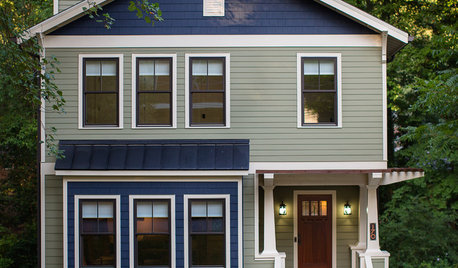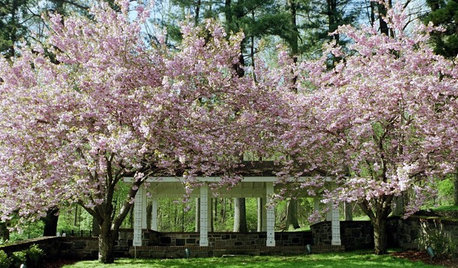Sick Azaleas
jerklip
11 years ago
Related Stories

PETSHouzz Pets Survey: Who Rules the House — Dogs or Cats?
New data shows that pets make people happy, and pet owners love spending big to return the favor
Full Story
LANDSCAPE DESIGNKoi Find Friendly Shores in Any Garden Style
A pond full of colorful koi can be a delightful addition to just about any landscape or garden
Full Story
PETSPet-Proofing Your Home: A Room-by-Room Guide
Not all pet dangers are obvious. Keep furry friends safe and sound by handling all of these potential hazards
Full Story
GARDENING GUIDESLessons in the Rewards of Selfless Gardening
Let go of gardening for your own vision and watch the garden’s own true vision come forth
Full Story
COLORExterior Color of the Week: 6 Ways With Sage Green
See how to set your home apart with this popular green
Full Story
FEEL-GOOD HOME10 Ways to Fight Pollen at Home
Keep sneezing and stuffiness to a minimum by making your house as pollen free as possible
Full Story
EARTH DAYThe Case for Losing the Traditional Lawn
Work less, help the environment and foster connections by just saying no to typical turf
Full Story
GARDENING GUIDESBoxwood: Still Shape-Shifting After 350 Years
Wild or mild, the humble boxwood still brings style and order to all kinds of gardens
Full Story
CONTAINER GARDENS3 Steps to Creating Quick, Easy and Colorful Succulent Containers
Take a bright container, add a colorful succulent or two and have a professional, summery design in minutes
Full Story
GARDENING GUIDESBackyard Birds: Invite Entertaining Hummingbirds Into Your Garden
Hummingbirds — unique to the Americas — zip through open landscapes seasonally or year-round. Here’s how to attract them
Full Story






Matt Webster
rhodyman
Related Professionals
Maple Valley Landscape Architects & Landscape Designers · Carson Landscape Architects & Landscape Designers · Deer Park Landscape Architects & Landscape Designers · Havre de Grace Landscape Architects & Landscape Designers · Salisbury Landscape Architects & Landscape Designers · South Elgin Landscape Architects & Landscape Designers · Wheeling Landscape Architects & Landscape Designers · Wakefield Landscape Contractors · Addison Landscape Contractors · Brockton Landscape Contractors · Brunswick Landscape Contractors · Lemont Landscape Contractors · Lyndhurst Landscape Contractors · The Woodlands Landscape Contractors · Shafter Landscape ContractorsMatt Webster
rhodyman